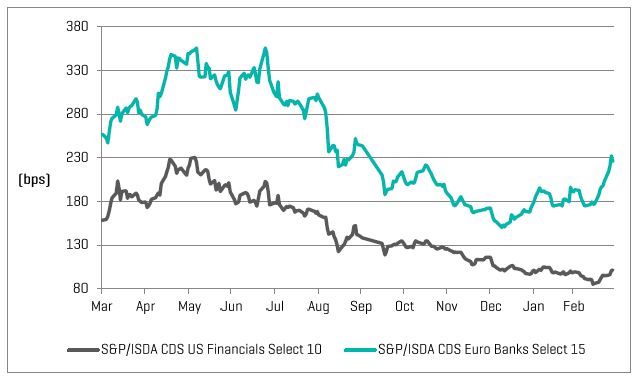Year-to-Date S&P GSCI is off 6.81%
- S&P GSCI Gold had its biggest one day loss ever,-9.3%, on April 15, 2013, since its inception on Jan 6, 1978, and hit its lowest level since Feb 2, 2011. The decline was due to worries about central bank sales, especially from Cyprus, but also, from the Fed winding down bond purchases. However, buying improved from India ahead of the Akshaya Tritiya, a gold buying festival, next month. Also, the wedding season has started and will continue until June. The S&P GSCI Silver hit its lowest level on April 19, 2013 since Oct 4, 2010. On April 15, 2013, the S&P GSCI Silver had its 6th biggest one-day drop, 11.3%, since its inception on Jan 5, 1973.
- Weak economic data including cooling factory activity and a rise in jobless claims drove the S&P GSCI Energy down 2.9% last week for a total loss in April of 8.8%. The S&P GSCI Unleaded Gasoline lost 11.3% MTD after the U.S. Energy Information Administration reported gasoline demand was at a 16-year low. Despite the fall across the energy sector, the S&P GSCI Natural Gas added 4.1% last week bringing the MTD and YTD returns up to 9.2% and 26.7%, respectively. continues to rally from cold weather and high electric power sector demand, especially as stricter environmental rules make coal burning more expensive.
- Cold weather also increased demand for warm drinks like hot cocoa and coffee as better-than-expected first-quarter North American cocoa grindings rose nearly 6%. Also, Brazil’s coffee areas have moved northwards, so the frost may not affect the crop as much as in past years as the frost-risk period approaches. To sweeten the softs, the harvest of cane and output of sugar was slowed by a very rainy start to April. The S&P GSCI Cocoa, Coffee, and Sugar, are up 6.7%, 2.6%, and 1.3%, respectively MTD.
v\:* {behavior:url(#default#VML);}
o\:* {behavior:url(#default#VML);}
w\:* {behavior:url(#default#VML);}
.shape {behavior:url(#default#VML);}
Normal
0
false
false
false
EN-US
X-NONE
X-NONE
MicrosoftInternetExplorer4
/* Style Definitions */
table.MsoNormalTable
{mso-style-name:”Table Normal”;
mso-tstyle-rowband-size:0;
mso-tstyle-colband-size:0;
mso-style-noshow:yes;
mso-style-priority:99;
mso-style-parent:””;
mso-padding-alt:0in 5.4pt 0in 5.4pt;
mso-para-margin:0in;
mso-para-margin-bottom:.0001pt;
mso-pagination:widow-orphan;
font-size:10.0pt;
font-family:”Times New Roman”,”serif”;}

v\:* {behavior:url(#default#VML);}
o\:* {behavior:url(#default#VML);}
w\:* {behavior:url(#default#VML);}
.shape {behavior:url(#default#VML);}

Normal
0
false
false
false
EN-US
X-NONE
X-NONE
MicrosoftInternetExplorer4
/* Style Definitions */
table.MsoNormalTable
{mso-style-name:”Table Normal”;
mso-tstyle-rowband-size:0;
mso-tstyle-colband-size:0;
mso-style-noshow:yes;
mso-style-priority:99;
mso-style-parent:””;
mso-padding-alt:0in 5.4pt 0in 5.4pt;
mso-para-margin:0in;
mso-para-margin-bottom:.0001pt;
mso-pagination:widow-orphan;
font-size:10.0pt;
font-family:”Times New Roman”,”serif”;}














































